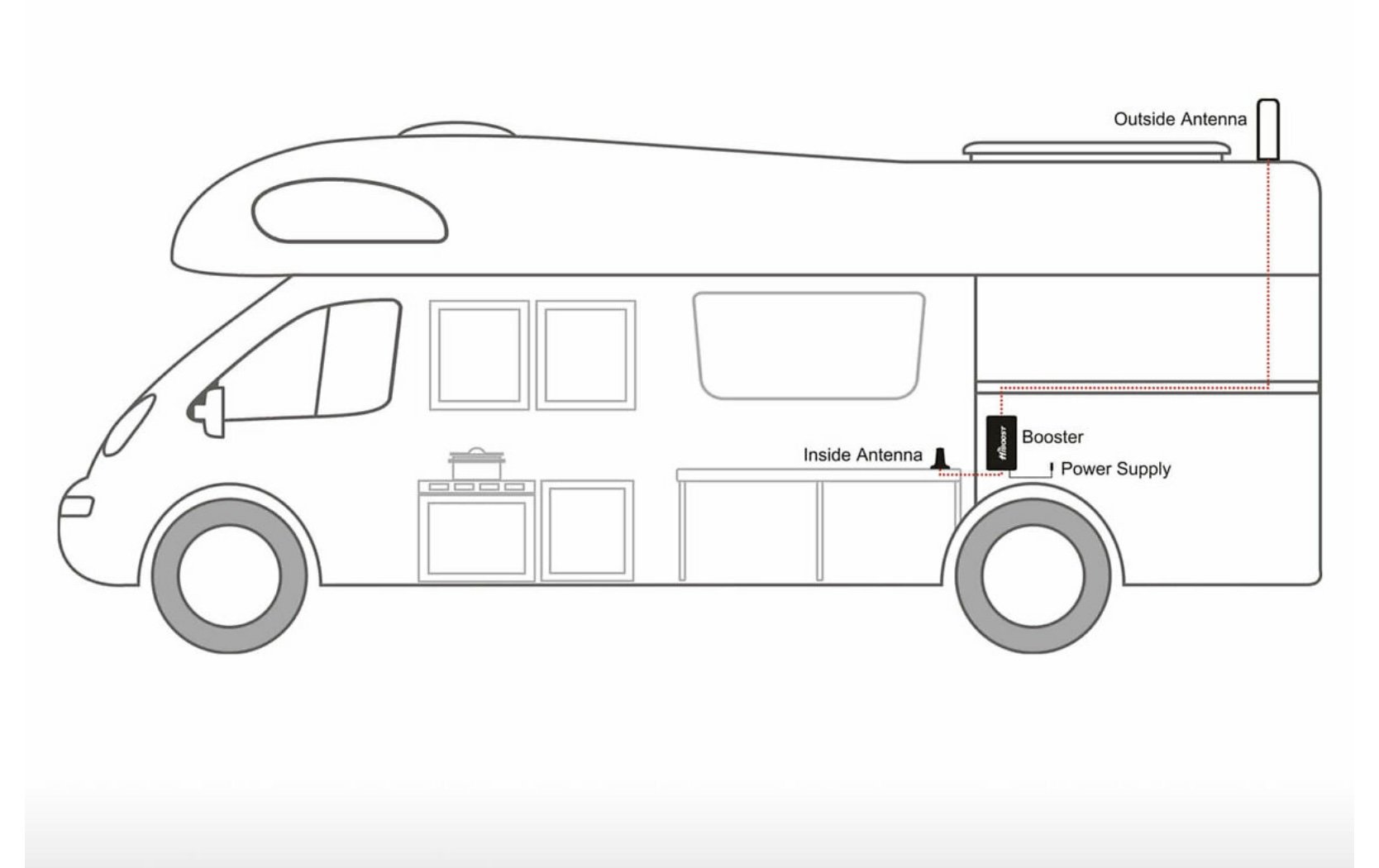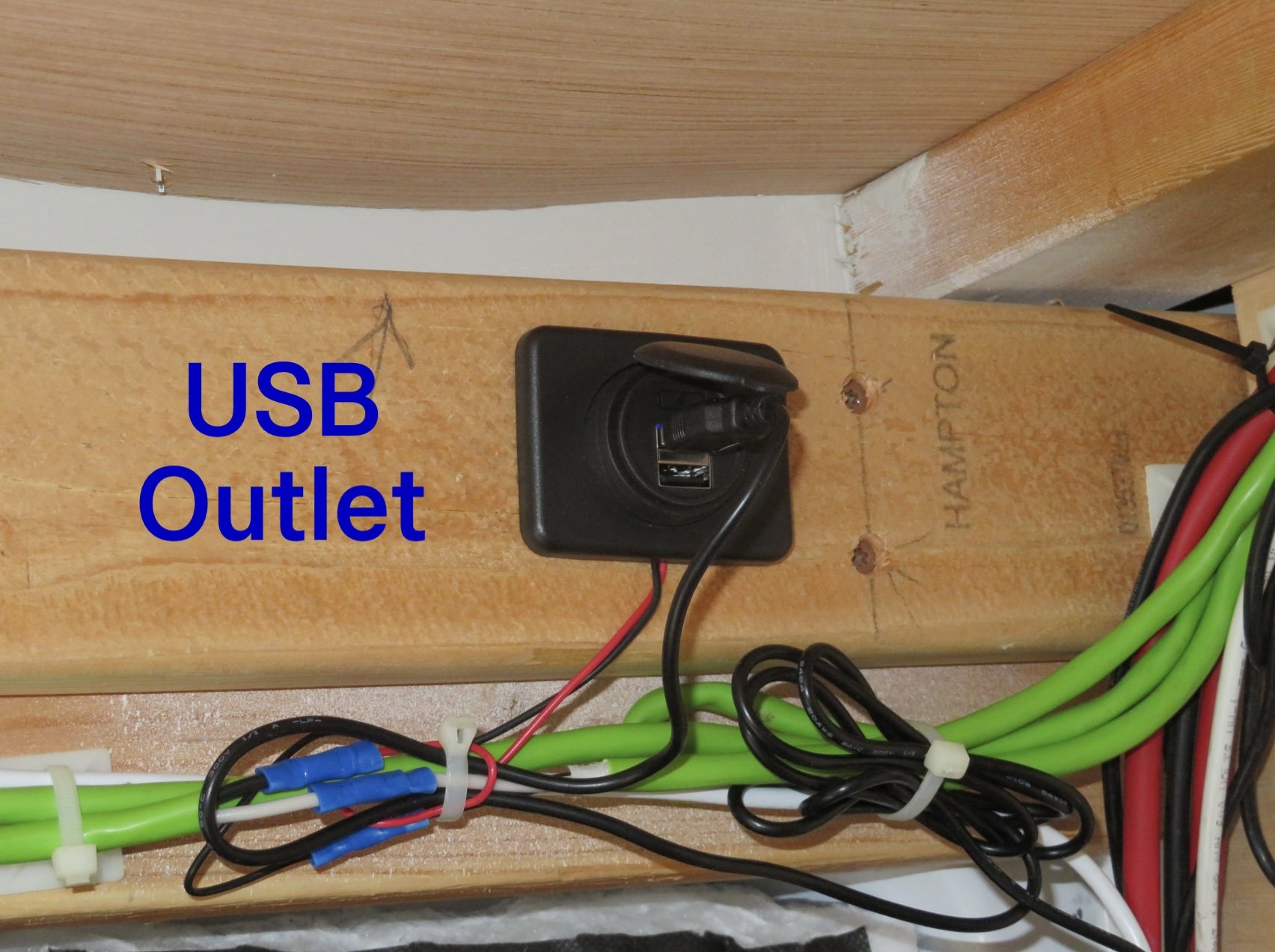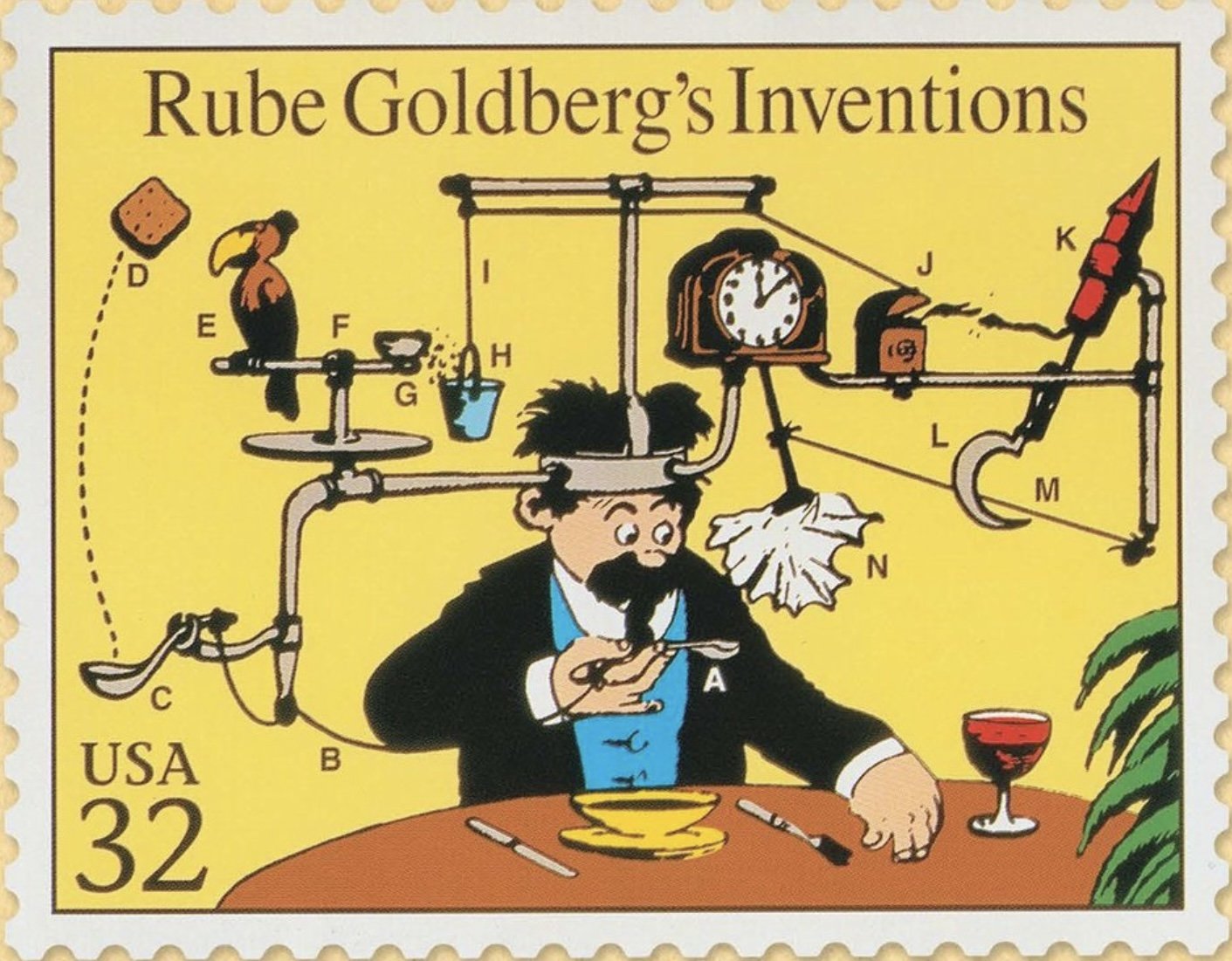Blue View - Cellular Antenna for Blanche
/Blue View - Cellular Antenna for Blanche
A couple of months ago, I talked about buying a HiBoost cellular booster system. This, as the name implies, boosts the cell reception inside our van. It includes an antenna that is attached to the outside of the vehicle, ideally on the roof. The antenna communicates with the closest cellular tower and passes the received data to an amplifier inside the van. The amplifier increases the signal strength, then creates a personal, short-range cell tower inside the vehicle. The manufacturer claims that we should see an increase in cellular signal strength of one to three bars; i.e. if I’m sitting on top of Blanche and see one bar on my phone, then with the cellular booster, I should see 2-4 bars inside Blanche. The downside is that there must be at least one bar on my phone for the booster to work. In places with no cellular service, the booster won’t help.
We bought the system just before we left with the thought that we’d try it and see whether it was useful enough to keep. It was expensive, and if we didn’t use it all that often or it didn’t work well, we could still return it. After a few weeks of use, we decided it was worth having. Many campgrounds don’t provide wifi internet access, and when they do, it’s often weak and/or slow. Cell coverage, as you might expect, varied from zero to four bars. The booster didn’t help when there were no bars, and we didn’t bother hooking it up when we had three or more bars. The bottom line was that when we’re camping, we use it about 20%-25% of the time.
We would probably have used it more frequently, but I never got around to finding a permanent home for all the components. Each night when we pulled into a campground, I’d check my phone reception and wifi strength to see whether it was worthwhile hooking everything up. If we decided to use the cell booster, it usually took 20 minutes or so to unpack the various components and make all the interconnections, then I’d have to reverse the process when we left.
As Marcie mentioned in her last blog, we’re taking a short hiatus from our bike trekking, and this has given me the opportunity to mount the cell booster components. Here’s the schematic of the system:
The amplifier can be powered from a USB jack, a 12vdc cigarette lighter outlet, or 120vac. The easiest implementation was to add a USB jack.
Also, since I only want it drawing power when we’re using it, I added a switch that turns off the USB power when it’s not being used.
The exterior antenna will eventually be mounted on the roof, but I didn’t have the time or the tools to tackle that part of the installation now. For now, it is attached to the end of two five foot sections of 1-1/2” pvc pipe, which are then secured to the rear door. When not in use, the antenna components are disassembled and stowed under the bunk in the garage area.
Once everything was installed, I ran some speed checks on the cellular connection, with and without the booster. I used the app OpenSignal to measure upload and download times as well as latency time. As the two screens below show, there is a definite improvement with the booster.
I recently read that the word ‘Mcgyver’ is now included in the Merriam-Webster Dictionary as a verb. I definitely Mcgyvered the current attachment method for the antenna, and it looks like it. One of this fall’s projects when we’re back in Las Vegas is to fasten the antenna to the roof and figure out a mechanism that will raise it while we’re using it, and lower it while driving to keep the van’s height under 9 feet. This will surely be more of a Rube Goldberg mechanism than a Mcgyver implementation.
See you next week…












